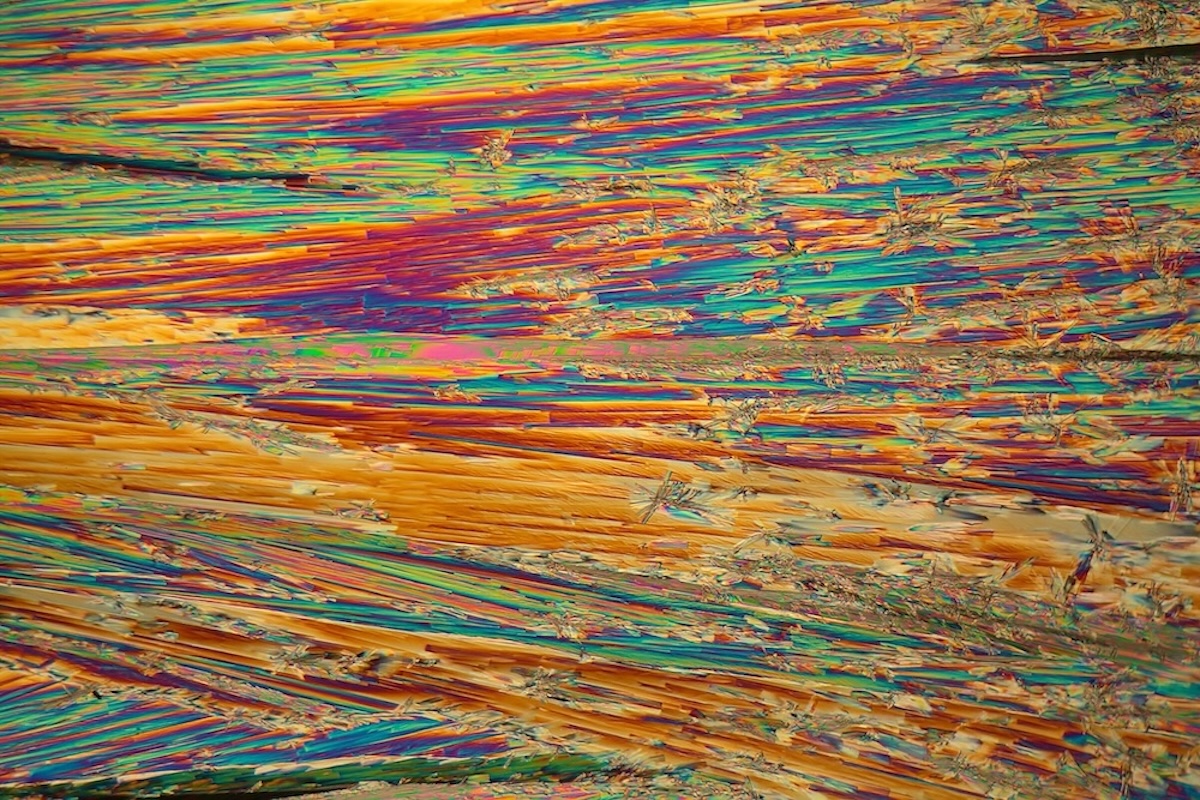The strategic minerals sector is a global industry that involves the extraction, processing, and supply of minerals that are vital for economic, military, and technological development. With growth projected to exceed 5% CAGR through 2030, this asset class represents a unique opportunity for investors.
This steady growth is driven by expanding technology adoption and increasing government support to secure reliable supply chains. For forward-thinking investors, strategic minerals offer a way to participate in multiple high-growth sectors while potentially hedging against broader geopolitical risk.
What are Strategic Minerals?
“Strategic minerals” are raw materials critical to a country’s economic and national security. This designation can change over time and varies by country. Today, the U.S. Department of Energy recognizes fifty critical minerals — a list that has expanded significantly in recent years.
Strategic minerals have unique properties that make them indispensable for applications ranging from military equipment to everyday electronics. The four main categories include:
- Rare earth elements (neodymium, dysprosium, terbium)
- Battery technology minerals (lithium, cobalt, nickel)
- Defense-critical minerals (antimony, tungsten, tantalum)
- Energy technology minerals (high-grade silica sand, indium, gallium)
The distinction between “rare earths” and broader “critical minerals” is important for investors. While rare earths specifically refer to seventeen elements with unique magnetic and luminescent properties, the critical minerals designation encompasses a wider range of strategically important materials based on supply vulnerability and economic significance.
Drivers of Demand
While electric vehicles initially drove interest in strategic minerals, today’s demand drivers are more diverse. As geopolitical tensions rise across the globe, defense applications have become prominent. This puts a strategic focus on minerals like antimony, which hardens ammunition and serves as a flame retardant in military equipment.
Advanced manufacturing, particularly for robotics and automation, is another key driver. AI development depends on specialized semiconductor materials, using minerals like silicon carbide (SiC) and gallium nitride (GaN) to reduce energy consumption and increase computing power. Renewable energy infrastructure, too, continues to require specific mineral inputs beyond batteries. For example, high-grade silica sand is critical for the production of solar panel glass.
As the high adoption rate of these technologies continues and nations look to protect themselves from mineral shortages, the demand for strategic minerals will only intensify.
The Chinese Supply Chain Stranglehold
Strategic mineral mining is highly concentrated in certain geographies, creating acute vulnerability in the global supply chain. China accounts for over 60% of the world’s processing and refining capacity for critical minerals. At the same time, resource-rich countries are tightening their control over strategic minerals due to the global demand and increasing trade tensions. This heightened control manifests in market dynamics that can be challenging for investors to predict.
China has historically flooded markets with specific minerals like graphite to depress global prices, effectively deterring Western nations from developing their own mining and refining operations by making it unprofitable. This strategy is particularly effective in competing with countries that have stringent environmental standards. China’s recent restrictions on antimony exports, in response to U.S. technology restrictions, illustrate just how quickly market conditions can shift based on Chinese policy decisions.
China’s policies create both volatility and opportunity, and Western nations increasingly seek opportunities to onshore operations and improve supply chain alternatives amongst allies.
Future Outlook: Supply Chain Restructuring
The strategic minerals landscape is poised for significant restructuring, and we anticipate several key developments in the coming years:
- Geographical diversification will accelerate in mining and processing. Resource-rich countries like Chile, Canada, and Guyana are well positioned to attract foreign investments. Expect to see strategic mineral alliances form between nations, with policy frameworks offering tax incentives, expedited permitting, and infrastructure funding for processing facilities and research and development.
- Vertical integration will intensify, as end users look to secure direct access to mineral supplies. Electric vehicle and battery manufacturers are already increasing their investments in mining operations and partnerships. This strategy mitigates supply risks, reduces costs, and provides greater control over the quality and sustainability of their raw materials.
- Technological innovations will gain traction as regulations evolve. For example, environmental processing innovations like direct lithium extraction, low-carbon smelting, and hydrometallurgical techniques will emerge as ESG-focused regulations tighten global emissions standards and water usage requirements.
The unique combination of government support, technological demand, and intensifying supply constraints creates an investment landscape rarely found in other commodity markets. For investors, this restructuring represents an opportunity to participate in the early stages of the competition for the minerals that will define the next era of technological and economic development.
Interested in learning more? Visit our investment profiles on Antimony, Silica Sand, or Tantalum.


